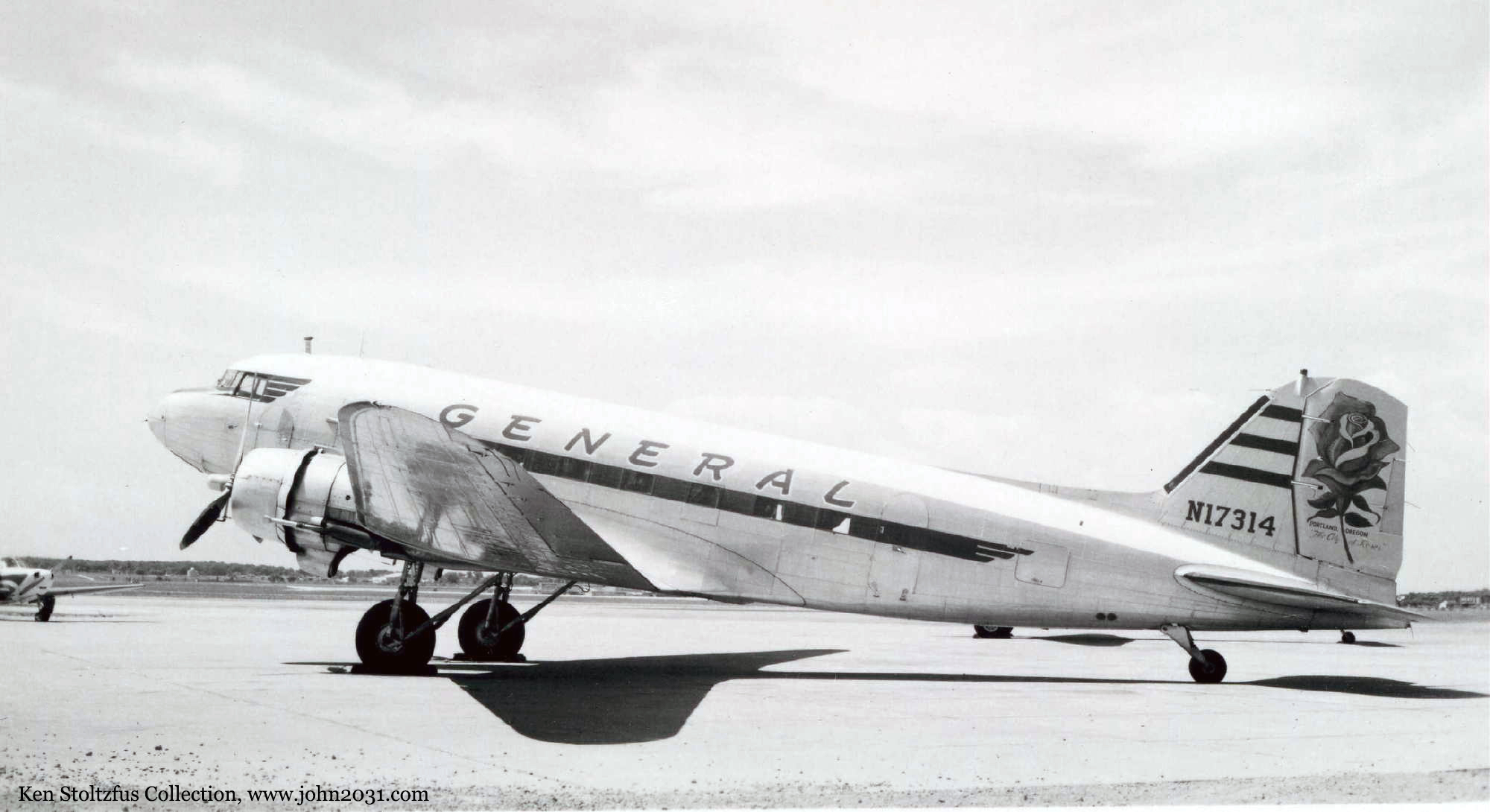Crash of a Cessna 340A in Kerrville: 2 killed
Date & Time:
Feb 27, 1993 at 1840 LT
Registration:
N88KH
Survivors:
No
Schedule:
Houston - Kerrville
MSN:
340A-1801
YOM:
1984
Crew on board:
1
Crew fatalities:
Pax on board:
1
Pax fatalities:
Other fatalities:
Total fatalities:
2
Captain / Total hours on type:
498.00
Aircraft flight hours:
1100
Circumstances:
The pilot was cleared for an instrument approach to the airport. Once clear of clouds, the pilot was observed circling at low altitude on a closed left downwind for runway 30. Witnesses observed that on the turn from base to final, a very steep angle of bank was established as the engine power was heard being increased. Control was lost and the airplane impacted the ground inverted in a nose low attitude. A post impact fire consumed the airplane. The weather at the airport was reported as 900 overcast with 2 miles visibility in fog and haze with a light mist. Official sunset was one minute prior to the impact. Both occupants were killed.
Probable cause:
Inadvertent stall. Factors were the weather and the light conditions.
Final Report:
